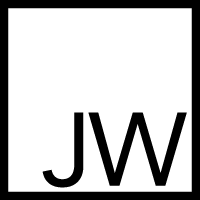
EReady
The Problem
Medical information is vital but patients don’t always remember it or know it. Information is needed fast, specifically in emergency situations
The Solution
A mobile app that allows users to store all their required information and access emergency information.
My Role
I worked with two other UX designers and I took the lead creating an affinity map, wireframing and prototyping the solution in Axure.

Understanding user needs
User centered design is about the user needs, the user’s past experiences and the user’s biggest pain points.
As UX designers we strive to create the most satisfactory experience for the user and it is therefore necessary to understand what users actually need and want.
User interviews and surveys are essential in recognizing the strategy of the project. By practicing user interviews we were able to find pain points when dealing with medical forms and emergency room visits. Users need their information readily available so they can share it with medical providers and emergency responders.
At first it was challenging for us to devise a solution but research helped us have a better understanding of the industry and the scope and therefore hone into the solution.
I created an affinity map which allowed us to clearly define the main problems we were trying to solve.
Designing together
Design studio brings a new perspective into the UX process. Going through quick iterations of the proposed solution allows for speedy collaborative ideation and problem solving.
The process allowed me to realize the importance of collaborative design. Many brains working together can accomplish so much more than one at a time – think tank style.
Using design studio the team came up with the main screen of the application.
Medical information poses a special situation on which information needs to be retrieved quickly and effectively. Throughout the process I was very concerned with creating a solution that accounted for those needs. Following conventions and mobile design patterns were key to success in this undertaking.
Distributing the roles
Our team consisted of a UX designer with background in Psychology who took the lead in the research and ideation process; another UX designer with a background in Visual Design who took the lead in that area of our design; and myself with a background in computers. As mentioned above, I was in charge of creating the wireframes and prototype with Axure.
Due to mobile limitations we decided to allow users to populate the form data using a simple desktop form filling application.
Helping patients
The mobile application solution accounts for the following data: personal information, medical history, family history, medications, allergies.
A button for emergency situations is accessible at all times and it guides the user to an emergency screen where they can access vital information.
A quick access button on the lock screen allows emergency responders to access user selected data in case of an emergency.
Information on multiple users can be entered for easy access by caregivers.









